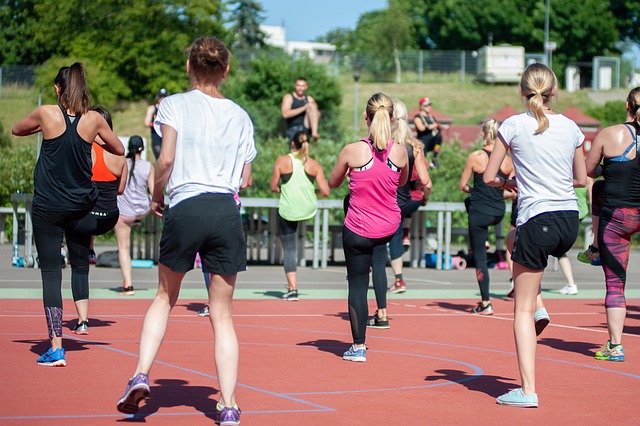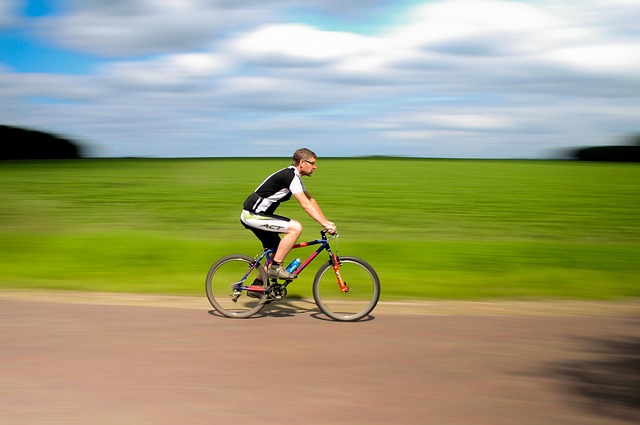Mental health challenges such as anxiety and depression affect millions of people worldwide. According to the World Health Organization (WHO), more than 280 million people suffer from depression globally, while anxiety disorders are among the most common mental health conditions. While therapy and medication are vital components of treatment, emerging research consistently highlights the significant role of exercise in alleviating symptoms of anxiety and depression.
In this article, we explore the scientific evidence behind the mental health benefits of physical activity, understand the mechanisms through which exercise affects the brain, and recommend specific types of exercises that are most effective for managing anxiety and depression.

How Exercise Influences Mental Health
1. Neurochemical Changes
Exercise stimulates the release of endorphins, often called the “feel-good hormones,” which help improve mood and reduce pain perception. Furthermore, physical activity increases the availability of neurotransmitters such as serotonin, dopamine, and norepinephrine—all of which play a crucial role in regulating mood and alleviating symptoms of depression and anxiety.
A meta-analysis published in the American Journal of Preventive Medicine (2018) found that regular physical activity significantly reduces the risk of developing depression, with individuals engaging in high levels of exercise experiencing up to a 25% lower risk.
2. Reduction in Inflammation
Chronic inflammation is increasingly linked to the pathophysiology of depression. Exercise is known to reduce levels of pro-inflammatory cytokines and increase anti-inflammatory markers, creating a healthier internal environment conducive to improved mental well-being.
Research published in Frontiers in Psychiatry (2020) highlights that anti-inflammatory effects of exercise could explain its antidepressant and anxiolytic properties.
3. Neuroplasticity and Brain Health
Exercise promotes neuroplasticity, the brain’s ability to form and reorganize synaptic connections. Specifically, physical activity stimulates the production of Brain-Derived Neurotrophic Factor (BDNF), a protein essential for neuronal growth and resilience.
A study in Neuroscience & Biobehavioral Reviews (2017) reported that increased BDNF levels following aerobic exercise significantly contribute to reductions in depressive symptoms.
4. Improved Sleep and Stress Reduction
Poor sleep quality and chronic stress are common triggers for anxiety and depression. Regular exercise enhances sleep efficiency and duration by regulating the circadian rhythm and reducing cortisol, the primary stress hormone.
According to a review in Sleep Medicine Reviews (2019), exercise interventions improve sleep quality in individuals with depression, leading to a reduction in symptom severity.

Best Types of Exercise for Managing Anxiety and Depression
While all forms of physical activity offer benefits, research suggests that certain types of exercise may be particularly effective in alleviating symptoms of anxiety and depression.
1. Aerobic Exercise
Running, cycling, brisk walking, and swimming are all forms of aerobic exercise that elevate heart rate and improve cardiovascular health. A study published in Depression and Anxiety (2018) showed that aerobic exercise significantly reduces anxiety symptoms, even in individuals with chronic anxiety disorders.
Recommended Routine:
Frequency: 3-5 times per week
Duration: 30-45 minutes per session
Intensity: Moderate to vigorous
The “runner’s high” often reported after intense aerobic activity is attributed to endorphin release, which can act as a natural antidepressant.
2. Resistance Training
Strength training, including the use of weights, resistance bands, or bodyweight exercises like push-ups and squats, has been shown to improve mental health.
A meta-analysis in JAMA Psychiatry (2018) found that resistance training significantly reduces depressive symptoms irrespective of age, health status, or training intensity.
Recommended Routine:
Frequency: 2-3 times per week
Duration: 20-30 minutes per session
Focus on major muscle groups for balanced benefits.
3. Mind-Body Exercises
Practices like yoga, tai chi, and qigong integrate physical movement with controlled breathing and mindfulness, promoting relaxation and emotional regulation.
A systematic review in PLOS One (2020) concluded that yoga effectively reduces symptoms of depression and anxiety, with notable improvements in stress resilience.
Recommended Routine:
Frequency: Daily or at least 3 times per week
Duration: 20-60 minutes
Incorporate deep breathing and meditation components for enhanced calming effects.
4. Outdoor Activities
Engaging in physical activities like hiking or gardening offers additional mental health benefits due to exposure to natural environments. This is known as “green exercise.”
Studies, including one published in Environmental Science & Technology (2011), show that just five minutes of green exercise can improve mood and self-esteem.
Recommended Routine:
Combine aerobic or strength training with outdoor settings when possible.
Aim for at least 120 minutes per week of outdoor activity.

Practical Tips for Getting Started
Set Realistic Goals: Start with small, achievable goals such as a 10-minute walk daily, gradually increasing intensity and duration.
Consistency Over Intensity: Regular, moderate activity is more beneficial for mental health than sporadic high-intensity workouts.
Find Enjoyable Activities: Choosing exercises that you enjoy increases the likelihood of adherence and long-term benefits.
Seek Professional Guidance: For individuals with severe anxiety or depression, consult a mental health professional and a certified fitness trainer to develop a personalized exercise plan.
When to Seek Additional Support
While exercise can be a powerful tool for managing anxiety and depression, it is not a substitute for professional treatment. Individuals experiencing severe or persistent symptoms should seek help from a licensed mental health provider.
Combining exercise with other evidence-based treatments such as cognitive-behavioral therapy (CBT) and medication often yields the best outcomes.
Conclusion
The evidence is clear: exercise plays a vital role in managing anxiety and depression. Through complex interactions involving neurochemical, inflammatory, and neuroplastic mechanisms, physical activity can alleviate symptoms and enhance overall mental well-being.
Incorporating aerobic exercises, resistance training, mind-body practices, and outdoor activities into your routine offers a holistic approach to improving mental health. Whether you’re looking to reduce stress, elevate mood, or increase resilience, making exercise a regular part of your life can be a transformative step toward better mental health.
